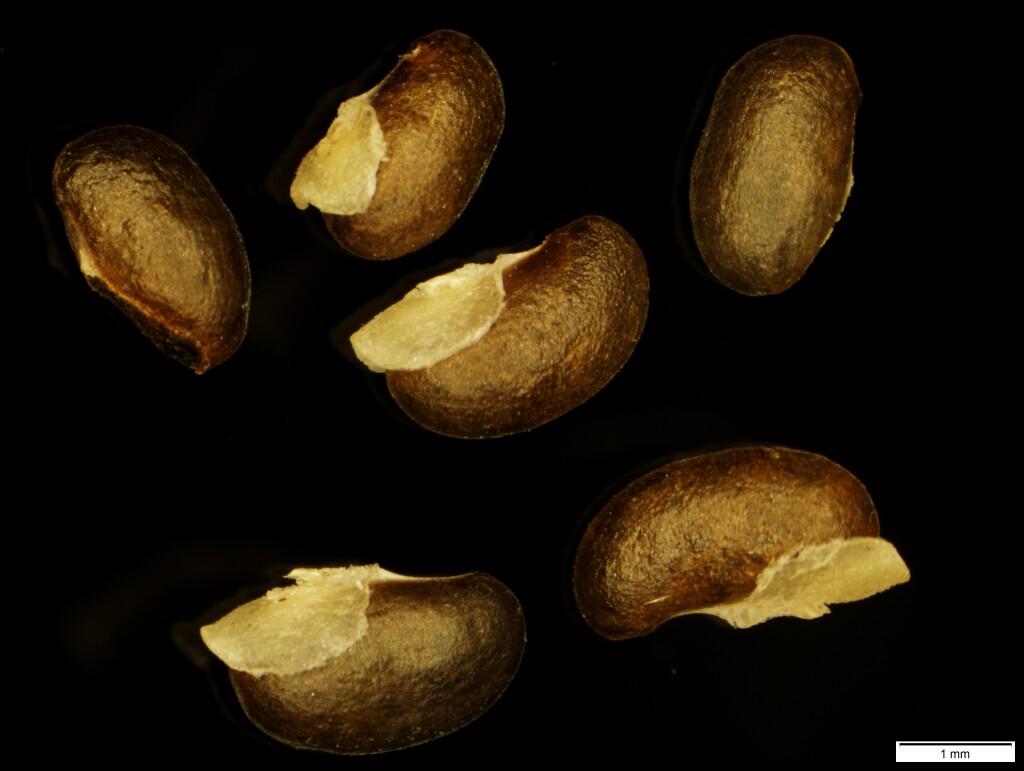Leionema phylicifolium
(F.Muell.) Paul G.WilsonCompact shrub to c. 1.6 m high; branchlets slightly angular when young, stellate puberulous in bands between decurrent leaf-bases. Leaves coriaceous, oblong-elliptic, 5–30 mm long, 1.5–3 mm wide, upper surface smooth, glabrous or with few hairs at base, lower surface smooth, white stellate-puberulous or rarely glabrous, margin entire, slightly recurved to revolute; petiole 0.5–1 mm long. Inflorescence a compact, shortly cylindric cluster of 1–3 flowers, in axils of uppermost leaves; peduncles and pedicels glabrous or glabrescent, both 1–3 mm long. Calyx c. 1 mm long, lobes deltoid c. 0.5 mm long, ciliolate; petals valvate, narrow-elliptic, 3.5–5 mm long, pale yellow, glabrous, gland dotted; stamens exserted; disc not apparent; ovary white stellate-puberulous or rarely glabrous. Follicles suberect, with a few hairs on outer surface, c. 3 mm long. Flowers spring and summer.
EGU, HSF, HNF, VAlp. Also NSW. Occurring in alpine and subalpine areas of eastern Victoria where found in eucalypt woodland, scrubland or heath, often near watercourses.
Plants from the Cobberas (like those at Mt Kosciusko) sometimes have glabrous ovaries and leaves, but typical plants have also been found in these areas.
Duretto, M.F. (1999). Rutaceae. In: Walsh, N.G.; Entwisle, T.J., Flora of Victoria Vol. 4, Cornaceae to Asteraceae, pp. 153–197. Inkata Press, Melbourne.
 Spinning
Spinning

